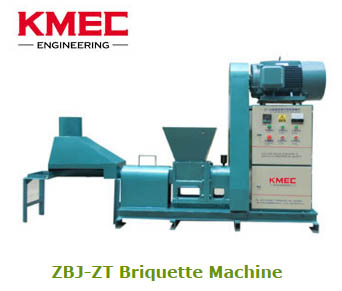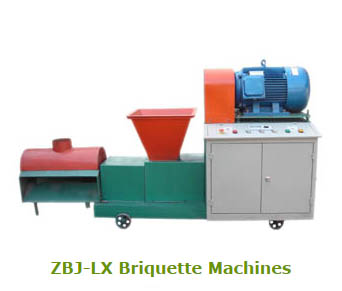The analysis upon establishment of machine-made charcoal plant
The analysis upon establishment of machine-made charcoal plant
Charcoal is a solid product of pyrolysis of biomass carried out at temperature above 300C. It is black in color, retains morphology of original feedstock, burns without flame. It is not a pure carbon or a single compound. Biomass is plant matter, renewable product of photosynthesis. It includes threes, grasses, agricultural crops and residues, animal wastes and municipal solid wastes. Charcoal is produced by heating wood in airtight ovens or retorts, in chambers with various gases, or in kilns supplied with limited and controlled amounts of air. Carbonizing ovens of plants designed for recovery of products other than charcoal are heated externally, and the wood is not in direct contact with the heat source.
The quality of charcoal depends on both wood species used as a raw material and of the proper application of the carbonization technology. Charcoal produced from hardwood like beech or oak is heavy and strong. Charcoal made from softwood, on the other hand, is soft and light. Both hardwood and softwood can be used as a raw material. Also, sawdust, wood shaving, fruit stones, nuts, nutshells, corn cobs, bark, cotton seeds and similar products can be used. Lump wood is used directly from the forest or from wood processing industries (residues, slabs or off-cuts).
1. The prerequisites of setting up a machine-made charcoal plant include the supply of raw material, marketing of the finished products, investment and prediction of benefits. Besides, the operative techniques and current industrial policies also exert great impact upon the construction of a plant.
The feedstock scope of manmade charcoal covers a variety of materials such as rice husk, peanut shell, fruit shell or shuck, cotton stalks, soybean stalks, flax stalks, maize stalks, corn cobs, bagasse, saw shavings or sawdust and bamboo waste from furniture factories, woodware plants or bamboo ware factories. The suppliers can also come from plywood factories, plank manufacturing plants. Apart from the above, even reed and wild grass or twigs can be put into use.
Charcoal plants are usually constructed close to the feedstock source within 50km for sufficient supply of materials on the one hand and transport costs will be to some extent reduced.
Alternatively, briquette plants can be set up surrounding the places full of feedstock and charcoal making can be done in a concentrated way in another place.
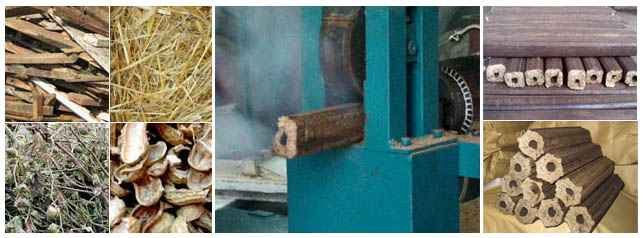
2. The market of machine-made charcoal
Charcoal has been capitalized on for such a long period of time but evolved a lot since the past decade, not least the machine-made one. Charcoal is often as feedstock, additive or fusing agent used in the fields of active carbon, carborundum, silicon refining, steelworks, carbon disulfide, explosive manufacturing, mosquito-repellent incense processing, thermal insulating material manufacturing as well as popular with the sectors of agriculture, feed and forage, catering and domestic heating and other relevant industries. Their demands for charcoal are increased dramatically with the marketing becoming promising, and even some regions are short of supply. Over the past decade, eco-balance has been remaining the theme of development across the world. Related regulations and decrees in some countries have been carried out, with China included. Meanwhile, the crackdown upon random chopping and lumbering has been implemented severely, therefore the charcoal supply thus becomes from bad to worse intensely. It is for this reason that machine-made charcoal market ushers in the dynamic spring and the solid way for developing green manmade charcoal is paved and the newly made renewable fuel enjoys a good reputation across the globe.
Besides, comparing to the conventional type, the new feature higher carbon content and thermal value yet lower content of volatile matters as well as longer-time smokeless combusting without pungent smell can be realized(technically combusted 3-4 times longer than the conventional). The striking point is that the prices of timber charcoal have been in parallel with those of the new type. Consequently, the green energy is preferably chosen.
3. Budgets and investment
The plan should cover the scale of briquette and charcoal plant you may consider.
Raw material supply shall be sufficient if you possess few resources. The site of charcoal plant should be close to the place you get your raw material. This can reduce the cost that paid to transport the material. And the place had better have plenty of materials so it will not interrupt your production because of lack of material.
In the very beginning, it is suggested that some circulating fund be prepared for purchase of feedstock and hiring of operators. Based upon ample possession of raw material, the startup will go easier and quicker.
Floor space for a project should cover at least 50-100 square meters besides places for storing raw material and finished products. At the inception of construction, a simply constructed workshop can be tapped in. The site should far away from the residential area. That is because that there may produce massive smoke during the operation process. What's more, the site of charcoal briquette plant had better have plenty of water to use in case that the plant may catch fire when the machine is working.
All in all, a comprehensive plan shall be taken into account prior to the construction.
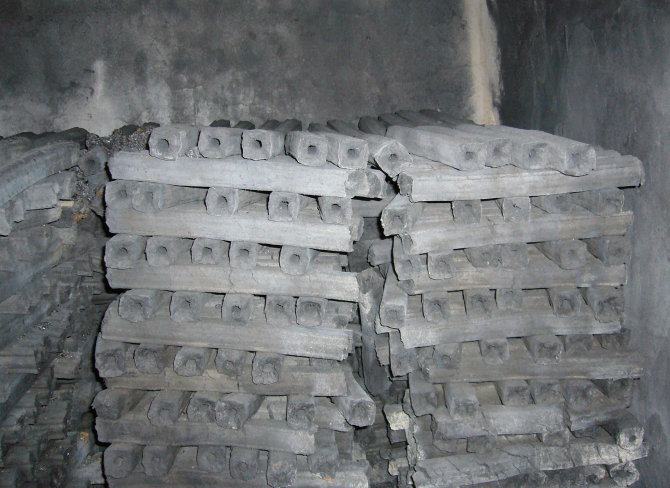
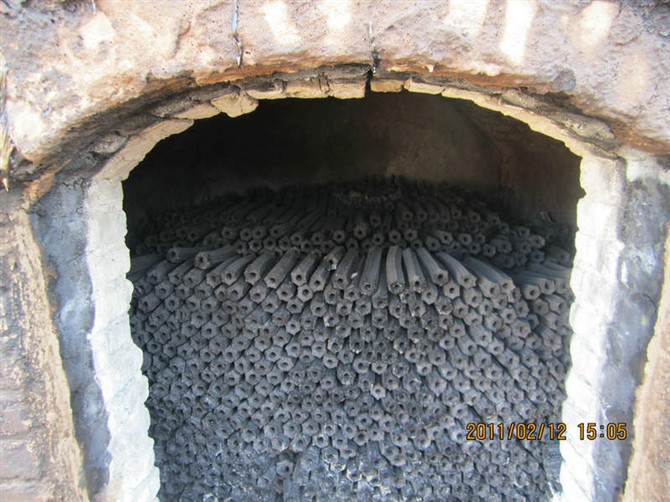
4. Benefits
It definitely remains fluctuated in terms of production costs, management, yield and quality as well as marketing prices and taxes. However, quality and production costs wield a huge impact on the profits of it. The investment of charcoal plant is little cost and high return because of it’s economic benefits and social benefits. Supreme-quality charcoal: the temperature for carbonization remains high in the process of unique carbonization. It is just half a year production that will take back all investment in the plant.
5. Others
The recirculation of waste agro and forest or wood materials boasts a favorable and green industry not only in China but also across the rest of the world. It is widely acknowledged that preferential policies are commonly implemented prudently. Operators even without experience in it are capable of getting the hang of operative techniques within a short period of time. One-week training plus one-month practice will equip operators with capabilities of troubleshooting of a briquette and charcoal plant.
High quality low price biomass
briquette machine for sale. KMEC would like to cooperate with more friends and clients from the rest of the world on the basis of equality and mutual benefit and KMEC looks forward to becoming your best supplier and partner in the biomass mechanical field.
-----------------------------------------------------------------------------------
We would like to make a detailed comparison between screw type briquette machine, mechanical stamping briquette machine and hydraulic briquette machine so that you will comprehend the three types of briquette machine well.
